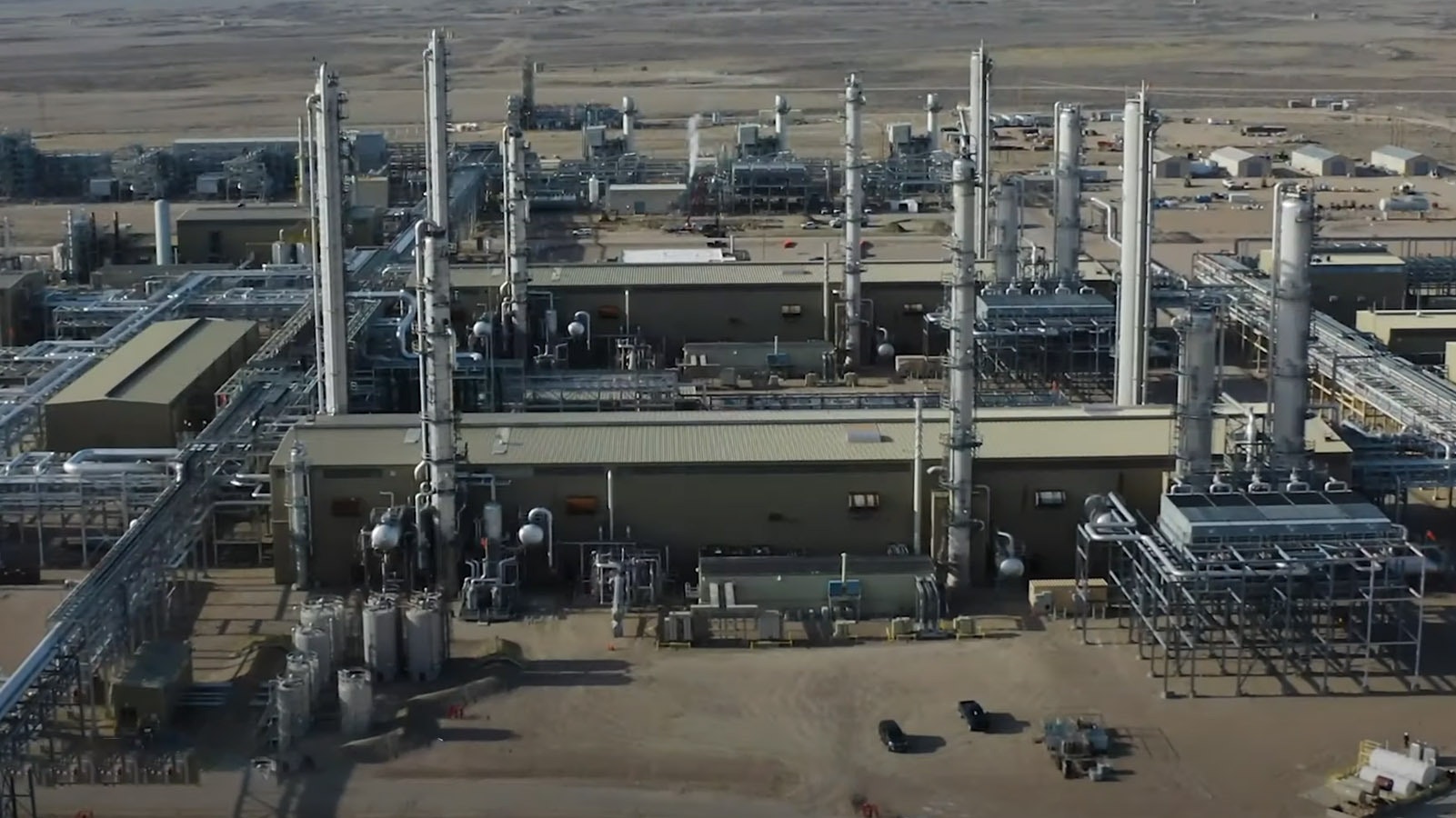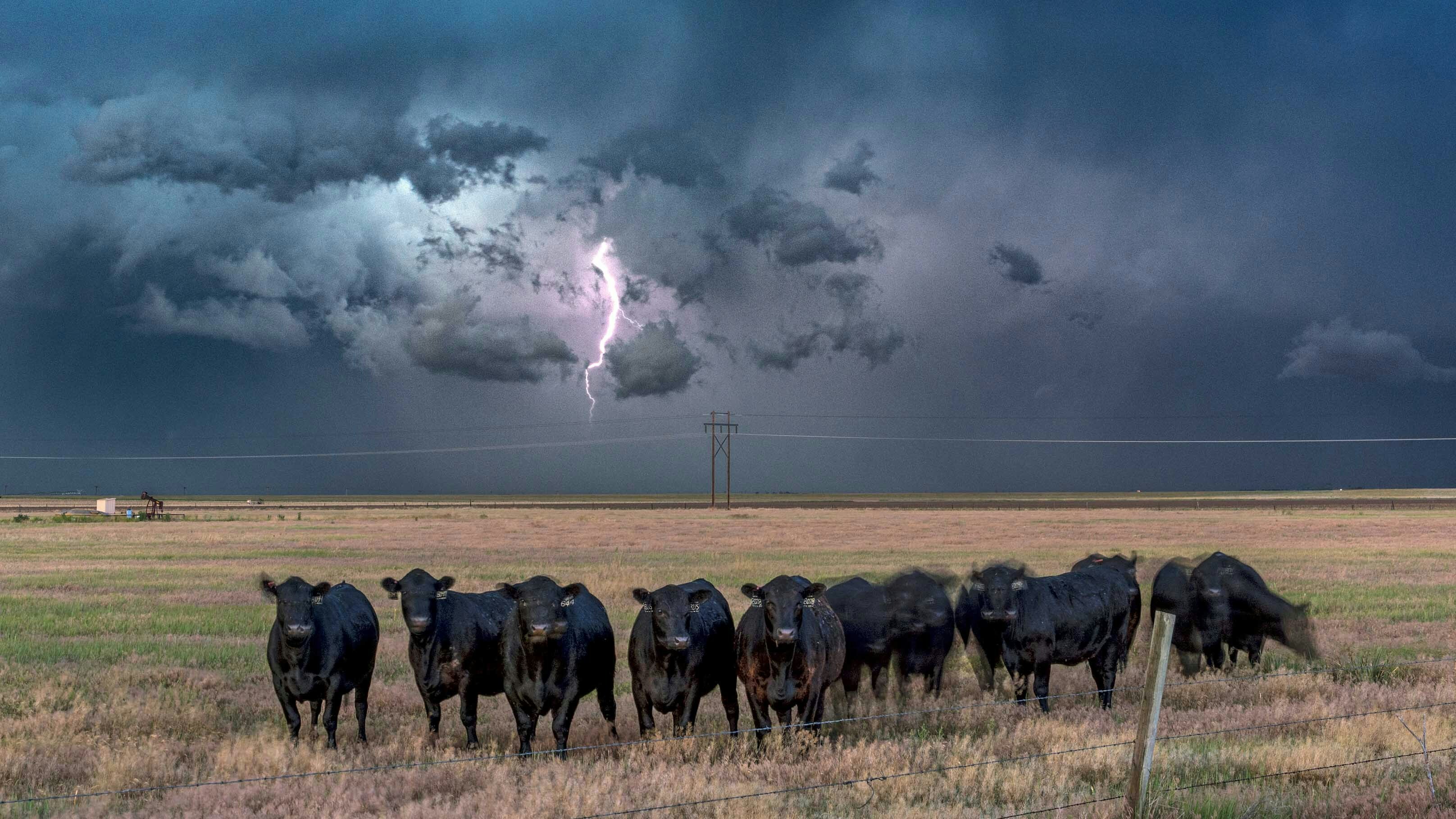There are three locations in the world where helium can be sourced. One is Qatar, another is in Texas and the third is right here in Wyoming at an ExxonMobil facility near La Barge called Schute Creek that produces about 20% of the world’s helium.
There could be a lot more helium in the Cowboy State, however, based on the data in a recently completed report that surveys and digitizes past field data from the state’s natural gas fields. The report was done by Kelsey Kehoe, a project geologist with Wyoming State Geological Survey.
“There’s been a series of, like, three major supply shortages periodically, and that caused the price of helium to really jump up,” Kehoe told Cowboy State Daily. “That’s driven a new wave of interest in finding new sources of helium, to have more supply available.”
Right when supply shortages hit is when it would be ideal to have a handy compilation of all Wyoming’s existing, historical helium data in one place. It could be a starting point for exploration to find new sources of the essential element.
And that’s exactly what Kehoe has accomplished with her report.
“(It) could help in the initial stages of kind of exploring for new helium resources in Wyoming,” she said, adding that it’s only a starting point.
“It’s a historical data set, so there are some quirks with earlier measurements, like analytical methods and what they could measure,” she said.
Some companies also didn’t choose to look for helium, so the absence of data in a particular area doesn’t necessarily mean there’s no helium.
Areas where the natural gas has already been produced, meanwhile, could still point to a new and larger system of helium that could be economic and quite valuable.
What Is Helium Good For
Say the word “helium” and most people picture red party balloons or think of that hilarious Robin Williams schtick, where he talked about floating over potholes and talking like a chipmunk with full-blown road rage.
But helium is more than a funny party trick. It has a wide array of serious applications that range from life-saving medical equipment to military applications for national defense.
Helium-neon lasers are used for eye surgery, for example, while other industries use helium to detect gas leaks in their products.
Helium won’t react with anything, so it makes an ultra-safe tracer gas for tires, refrigerators, fire extinguishers, air conditioners and more.
NASA uses helium to keep hot gases and ultra-cold liquid fuel separate when its rockets are taking off. Arc welders use it to create an inert gas shield. And an oxygen-helium mix creates a safe, artificial breathing atmosphere for divers.
Helium has been used in cryogenics, superconductors, laser pointers, supersonic wind tunnels and cardiopulmonary resuscitation pumps, not to mention those monitoring blimps the Border Patrol uses.
Shute Creek Largest In World
All of the helium that Wyoming now produces comes from one plant, the Shute Creek Gas Plant owned and operated by ExxonMobil in the La Barge gas fields in southwestern Wyoming.
Helium wasn’t the primary driver of the plant at the time. The element was discovered in the 1980s after the operation began, but is now central to its operation.
The helium plant is the largest in the nation. When it’s operating, it extracts as much as 1.4 billion cubic feet per year of liquefied helium from the natural gas collected at the site, which has a concentration of 0.6% helium.
That’s around 20% of the world’s total helium production every year. At present rates of extraction, the La Barge facility has eight decades worth of helium left, according to ExxonMobil data.
Shute Creek has another interesting claim to fame alongside the largest helium plant in the world.
ExxonMobil built a demonstration plant at the La Barge facility that uses patented technology to freeze out carbon dioxide and other components, like hydrogen sulfide, from its sour gas mix.
The process dumps about 400,000 tons of carbon dioxide per year from its natural gas, which is redirected into pipelines for enhanced oil recovery.
It’s one of the largest CCUS projects in the world.
More Helium Is Out There
Helium is a nonrenewable resource, and the traits that make it so valuable also make it difficult to find and extract.
It’s the second-lightest element on the periodic table after hydrogen, and it’s very small. That means it readily escapes from natural gas if the geology isn’t just right for holding it in place.
Helium is an inert substance, which means it won’t react or combine with other substances, and it neither freezes nor liquefies in the Earth’s atmosphere. It can’t be manufactured, either. It has to be found, trapped deep in underground pockets of natural gas.
With multiple gas fields already showing elevated levels of helium in previous data sets, and future shortages likely as the resource dwindles at known production facilities, that sets the stage for new discoveries of a valuable and essential resource in Wyoming.
“Helium is really a small fraction of overall gas production,” Kehoe said. “But it does play this really critical role in a lot of technologies and a lot of industries are reliant on it.”
Renée Jean can be reached at renee@cowboystatedaily.com.





